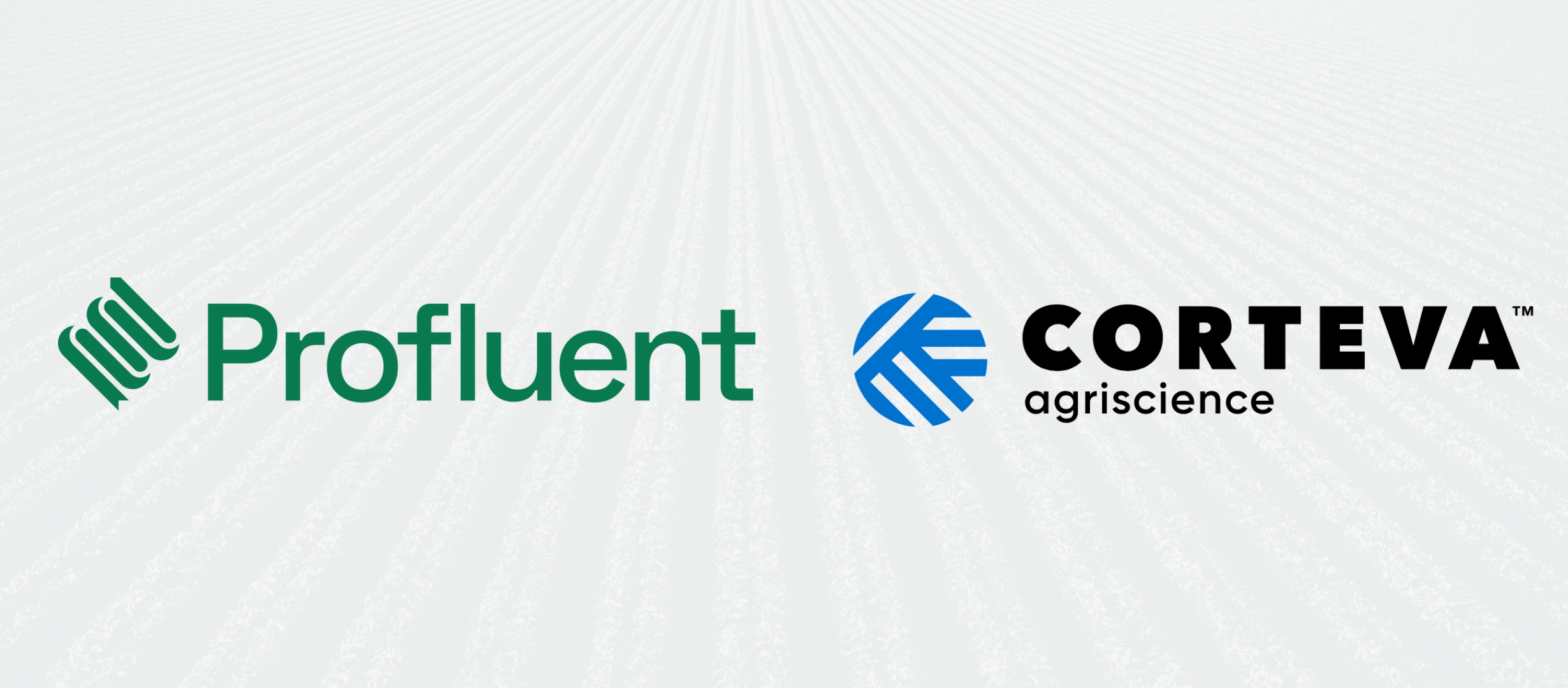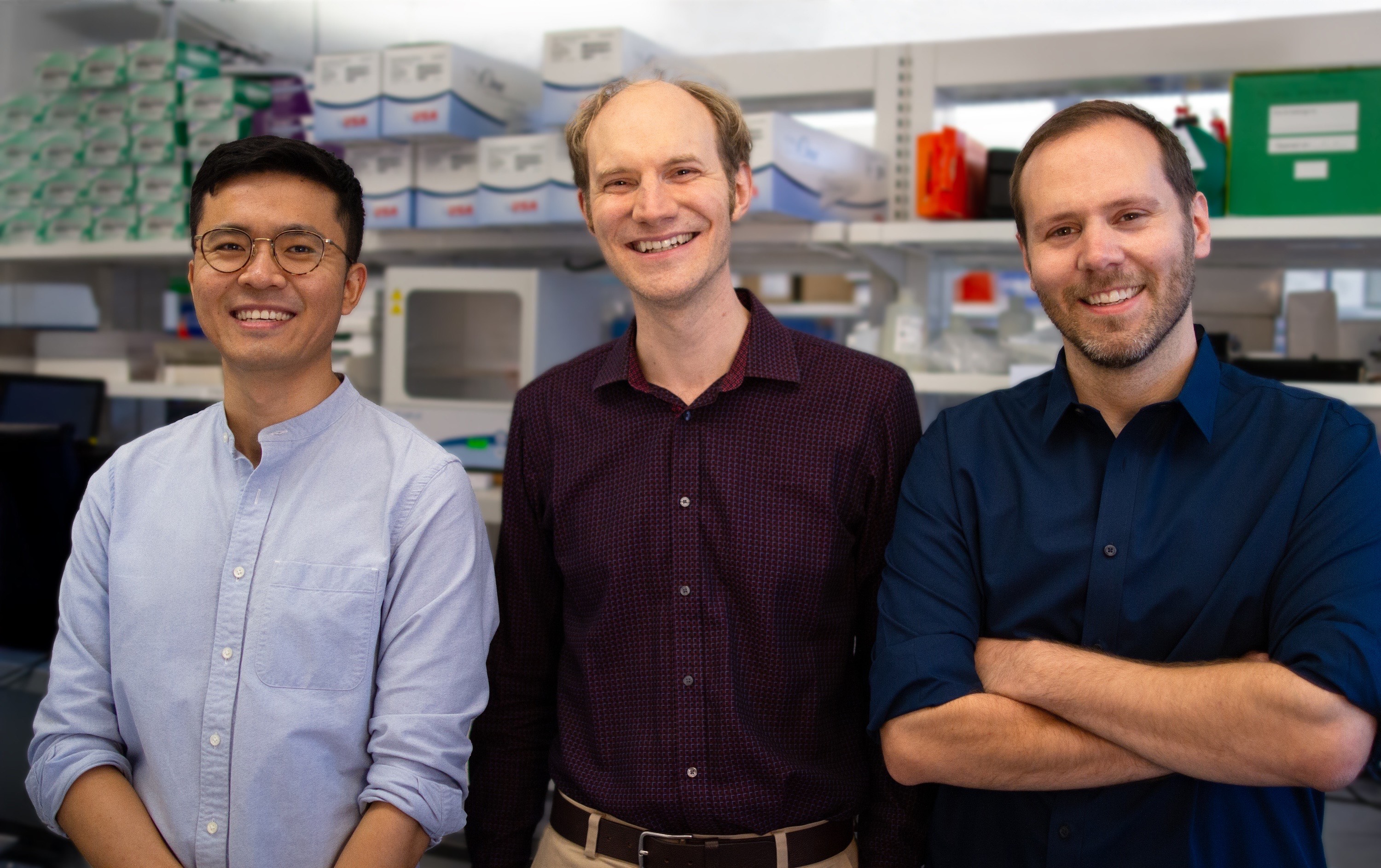The Solution To the Human Organ Shortage May Be Found in Pigs—Literally.
The global shortage of human organs is a problem that will not be going away anytime soon. In fact, as many countries undergo demographic transitions and as medicine gets better at keeping those with failing organs alive, it’s a problem that promises to get much worse. Around the world it is thought that even if donor recruitment is vastly improved and transplant networks are streamlined, this will still not be enough to provide an organ for everyone who needs one.Thus, the call for solutions has fallen upon the field of biotech, wherein researchers are leaving no stone unturned in their pursuit of innovative ways to close the gap between organ supply and demand. A variety of creative approaches are being undertaken—from culturing organs in vitro to using 3D printing technology to manufacture organs—but, unfortunately, they have yet to bear fruit.However, thanks to advances in the gene editing technique known as CRISPR, one other line of research into organ generation has recently gotten a plausibility boost. That line is the use of non-human animals to grow and develop human organs.It’s an idea that gives some people the heebie-jeebies. Even more so than the prospect of growing organs in a dish, many are uncomfortable with the notion of transplanting an organ from a non-human into a human. But at least some of this discomfort might be chalked up to a lack of recognition for what these organ-incubating creatures really are: genetic chimeras. Chimeras are distinctly different from genetic hybrids. Hybrids are the offspring of a cross between two disparate species—for example, when a male donkey mates with a female horse, the result is a mule, which is a genetic cross of the two species. That means that every cell in a mule’s body is a 50/50 genetic split of horse and donkey DNA and its overall structure and function exhibits features of both. A chimera, on the other hand, is an organism that contains two or more types of cells originating from different species. Unlike a hybrid, wherein every cell is a genetic blend, a chimera contains cells that are strictly one or the other type localized in different parts of the body. An example would be a pig whose body is almost completely composed of pig cells except that its pancreas happens to be made of human cells.Thus, it’s not the case that the beneficiaries of this technology would be receiving an organ that is half-pig, half-human in its genetic and cellular composition from a pig-human hybrid creature. Instead, they’d be receiving an organ that is all human—it just happened to be grown and developed inside an otherwise normal pig.This example embodies the researchers’ current goal in this area: to use pigs as a scaffold in which to grow human organs. Pigs are generally thought to be the best candidates for this technology because even though they are not our closest relatives in the evolutionary tree of life their organs are similar in size to ours and therefore are expected to produce the most compatible human organ cognates.So how does one coax a pig to grow a human pancreas, liver, kidney, or any other desired organ? To pull this off researchers need two main components. The first is a genetically modified version of the scaffold organism (in this case, the pig) in which specific organogenesis genes have been knocked out. For example, if you want a pig that grows human pancreases, the pig’s own genes for creating a pancreas must be turned off. The second ingredient is pluripotent stem cells (PSC) from the eventual recipient organism (in this case, the human). PSCs are capable of developing into nearly any tissue or organ. By introducing PSCs from the recipient organism at the embryo stage—before the scaffold organism has developed an immune system that would reject these foreign cells—the genes in the PSCs made to compensate for the missing genes in the scaffold organism. That is, if the pig is missing its own genes for making a pancreas then it is thought that the human PSC will fill that void and develop into a human pancreas.There’s good reason to believe this approach can be successful: the technique has already been demonstrated in mice. Using a genetically modified mouse model whose liver can be made susceptible to colonization by human cells when a certain drug is administered, researchers at the Salk Institute for Biological Studies successfully created a mouse whose liver was 95% human in its cellular composition. Intriguingly, the tiny liver responded to viruses and treatments just as a normal human liver would.More recently, these same researchers also generated a chimeric mouse with organs that were partially composed of rat cells by first using CRISPR to knock out the structural genes for the mouse’s heart, eyes, and pancreas. After injecting rat PCSs into the mouse embryo and allowing it to develop, they found that rat cells took over for the missing pieces of the mouse genome as expected and were incorporated into all of these structures. Thus, CRISPR not only opens doors for the rapid characterization the genes involved in many species’ organogenesis, but Salk’s most recent work confirms that it also represents a promising new way to execute the genetic modifications necessary for creating model organisms for organ growth.Despite its exciting validation in mouse and rat models, work on growing human organs in pigs has a long way to go. At present, pig-human chimeras have only been developed up to four weeks gestation before being terminated. Early termination of pig-human chimeras is a necessity at this point because there is still so much to be learned about the technology. In light of these unknowns, the US National Institute of Health has placed a moratorium on federally-funded research into chimeras with a human component (which is why the research at the Salk Institute had to be privately funded). In particular, regulators are concerned with ensuring that chimeric organisms don’t end up becoming “more human” in a meaningful way, such as the inadvertent development of human cells into components of the reproductive system or brain.While these concerns are certainly worthy of being addressed, the NIH’s moratorium would need to be lifted in order for pig-grown human organs to become a working reality in a timely manner. With private research forging ahead to demonstrate the powerful potential of chimeras, biologists and transplant recipients alike can only hope that one of the most promising solutions for the human organ shortage will soon be given the green light to move forward.On July 20th, 2015 SynBioBeta presented a Synthetic Genomics seminar at the South San Francisco Conference Center. The Senior Director of the Mammalian Synthetic Biology group at Synthetic Genomics, Dr. Sean Stevens, spoke about the challenges of xenotransplantation and what they are doing to improve the ability of pigs to serve as potential organ donors.Earlier this year, eGenesis, a biotechnology company focused on utilizing genome editing technology to make xenotransplantation a routine and lifesaving medical procedure, announced that it raised a $38 million Series A financing. “To accomplish this goal, eGenesis is harnessing its CRISPR-based technology platform to deliver safe and effective human transplantable cells, tissues and organs, which are grown in pigs. The eGenesis approach is still in its early stages, but includes genomic engineering of pig cells, organ maturation and finally, successful organ transplantation.”Learn more with Marc Guell, Founding Scientist and Director of Synthetic Biology at eGenesis, who will be speaking about the company's technology at SynBioBeta SF 2017, October 3rd - 5th, San Francisco, CA.



.svg)










.jpg)

.gif)